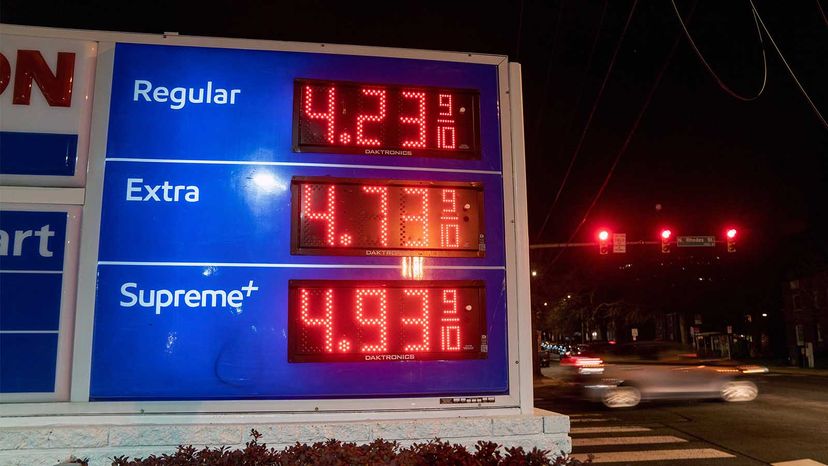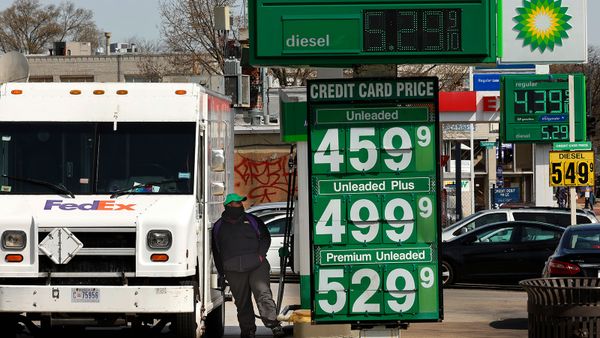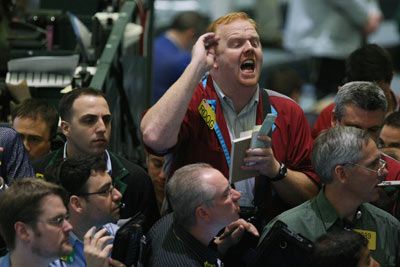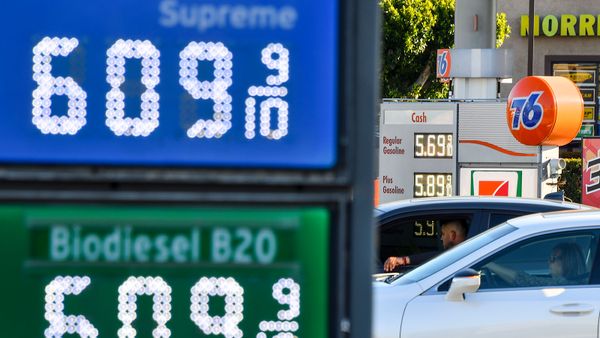
In a country where people can't buy anything for a penny anymore, it seems odd to pull up to a gas station and see a fraction of a cent included in the price. So what's the deal?
The practice of tacking 9/10 of a cent on the end of a gas price goes back to when gas cost only pennies per gallon and was a tax imposed by state and federal governments. Gas stations added the fraction of a cent on the end of the price instead of rounding up the price. Back then, a full penny would have been a budget-buster for customers. The federal tax was implemented in 1932 as part of the Revenue Act of 1932 and was supposed to expire in 1934 — except it never did.
Advertisement
Instead of ending the tax, Congress extended — and increased — it. The tax was intended to help provide funds for roads and infrastructure during the Great Depression. Around the same time, gas stations began to display prices of gas by fractions of a cent. So Americans just accepted the idea that the tax was simply that, a fraction of a cent. And it was at the time the tax was implemented because gas per gallon was about 10 cents, so the amount of the additional tax was quite insignificant.
However, gas prices have increased considerably, and the 9/10 tax remains. As of as of Jan. 1, 2022, the average of total state taxes on a gallon of gasoline was 31 cents and 33 cents on diesel, though some states like California pay as much as 58.8 cents per gallon in local taxes. Federal taxes add on average another 18.3 cents per gallon on gasoline and 24.3 cents per gallon on diesel. Still fractions of a cent, but the 9/10 figure to account for it is long outdated.
Gas prices tend to fluctuate, but in 2022, the price has soared. The average price for a gallon of regular gas as of April 18, 2022, according to AAA, was $4.08; if you buy mid-range or premium, the price increases to between $4.50 and $4.75 a gallon. But the average price per gallon in 2022 was as high $4.33 — that was March 11.
Consumers do have tons of options for buying gas, including innovative technology to help them find the cheapest prices, via smartphone or apps built right into the car's infotainment system. And we've been rounding up that fraction to a full extra penny so long, we barely even notice it. So why is it still there?
Look at it this way. If you're shopping for other products, like groceries or clothes, you probably tend to disregard the cents after the dollar price. Even if the price ends in .99, you likely mentally round down instead of up.
Gas prices benefit from the same phenomenon, except on an even smaller scale. We tend to disregard the 9/10 completely. We see gas priced at $4.08 9/10 as $4.08 a gallon, not $4.09. And the 9/10 only increases the price of a 20-gallon fill up by about 20 cents, but every penny counts, right?
So how much of a difference does that extra 9/10 of a cent make across the industry as a whole? Marketplace reports those extra penny fragments add up to half a billion dollars per year.
Advertisement


